Temples throughout this southwestern province are increasingly pressured by local authorities to conceal or even destroy their large outdoor icons.
by Yao Zhangjin
The Lingyun Mountain scenic area, a popular Buddhist and Taoist pilgrimage site in Sichuan Province’s prefecture-level city of Nanchong, has experienced devastating crackdowns since September 2018 when the local government ordered to conceal all its religious statues and symbols. Since then, the purge of large outdoor Buddhist statues has expanded to other city’s areas.
A reclining Buddha statue outside the Daci Temple in Xichong county’s Yixing town was entirely covered in January this year. According to a monk in the temple, the demands from provincial, municipal, and county-level religious affairs institutions to conceal the 30-meter-long and 3-meter-high icon intensified at the start of last year.

“Officials claimed that their orders had come from the central government,” the monk said. “If we protested, they threatened to blow up the reclining Buddha and convict us as political criminals.”
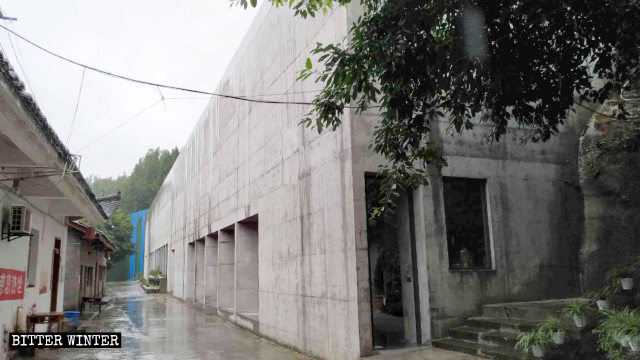
Having no other choice, the temple’s abbot and monks hired a contractor to hide the reclining Buddha and other religious statues around it: five 1.8-meter-tall and 500 small Arhat statues. A statue of Maitreya, still under construction, was also covered up. The project amounted to 1.5 million RMB (about $ 210,000), which the temple had to pay, and lasted for nine months.
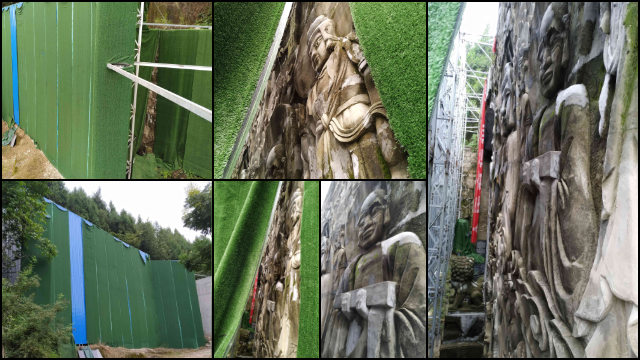
“The reclining Buddha has been here for 20 years, and many people came here to worship it,” a Yixing town resident explained. “Why do officials say that it was illegal and ordered to demolish it?
The Puji Temple on the edge of a cliff by the Jialing River Bridge in Nanbu county’s Nanlong town spans a history of more than one thousand years. It was destroyed during the Cultural Revolution and rebuilt between 2006 and 2014, with over one million RMB (about $ 140,000) raised by local Buddhists.
In 2018, the nearly 25-meter-long reclining Buddha and three 9-meter-tall Guanyin icons outside the temple were covered up on the local government’s orders. Despite this, Buddhists continued worshiping beside the concealed statues. On August 19 this year, the stairs leading to the statues were blocked, and the temple shut down.
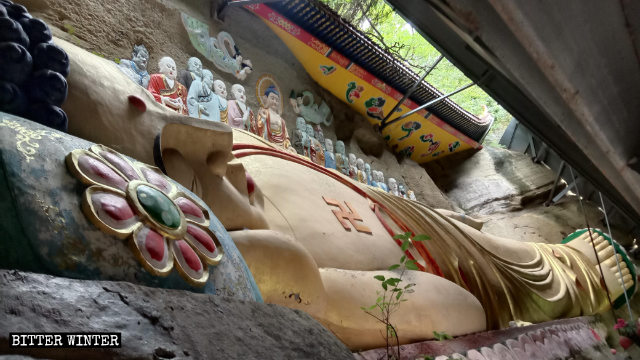
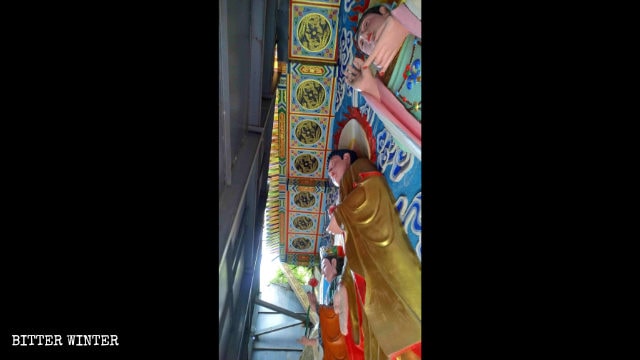
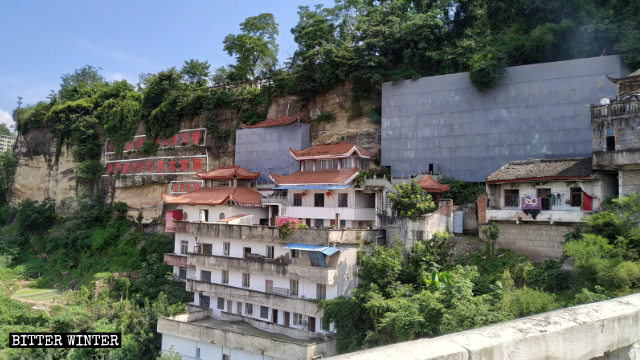
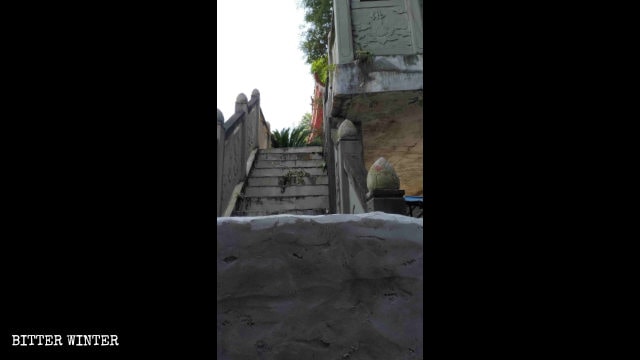
On March 7, the government of Panzhihua city’s Miyi county dispatched over 100 personnel to the Foguang Temple. While the police blocked the road leading to the temple, workers destroyed more than 20 statues, donation boxes, and other items and welded steel bars to the temple door to prevent anyone from entering. The money in donation boxes and the coins left by worshipers by the statues for good luck, as well as all Buddhist books, have disappeared from the temple without a trace.
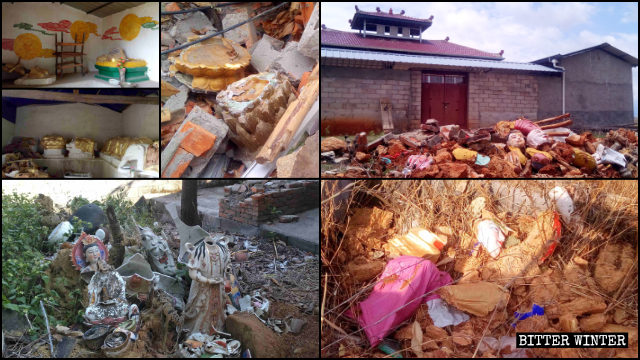
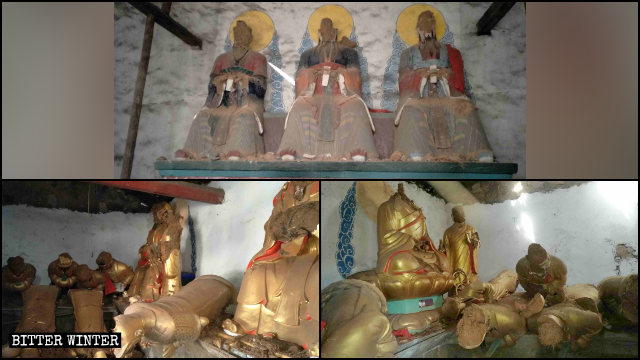
“Government officials are like bandits, but, unlike them, they steal openly,” a county resident commented.
At the end of November last year, the Lingquan Temple in Geliping, a town in Panzhihua’s Xi district, was shut down, and its statues were destroyed.
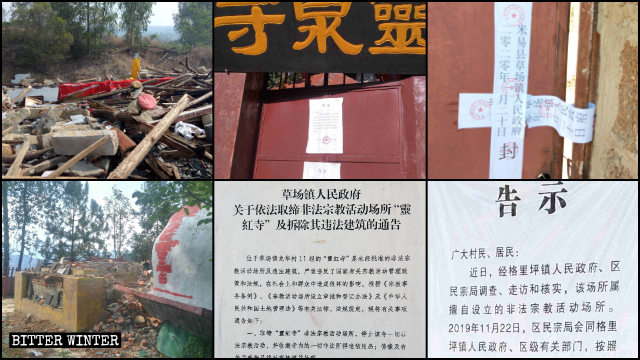
To prevent the temple staff from obstructing the raid, the township government summoned two elderly temple keepers for a meeting that morning and confiscated their cellphones. The two were released in the evening after the statues had been demolished.
All statues in the Xiaoheishan Guanyin Temple and the Lingxian Temple in Panzhihua’s Renhe district were destroyed in June. Officials threatened to demolish the temples if their managers interfered.
On January 12, the Miyi county government destroyed all small statues and removed the large ones, over 50 in total, in the Linghong Temple.
On November 22 last year, over 50 personnel were dispatched to the county’s Wubaolingshan Temple. Subsequently, all 77 statues in the temple, worth over one million RMB (about $ 140,000), were demolished because “they were unlicensed.” The roads leading to the venue were blocked, and Buddhists living in the temple were held under control to prevent protests. Their cellphones were confiscated, and assigned personnel followed them at all times, even when they wanted to use the toilet. Demolition workers’ cellphones were also seized to prevent them from taking photos.
The same team was sent later that day to destroy statues and an incense burner in the neighboring Shanwang Temple with a history of over one thousand years. The temple was shut down afterward.
Source: Bitter Winter



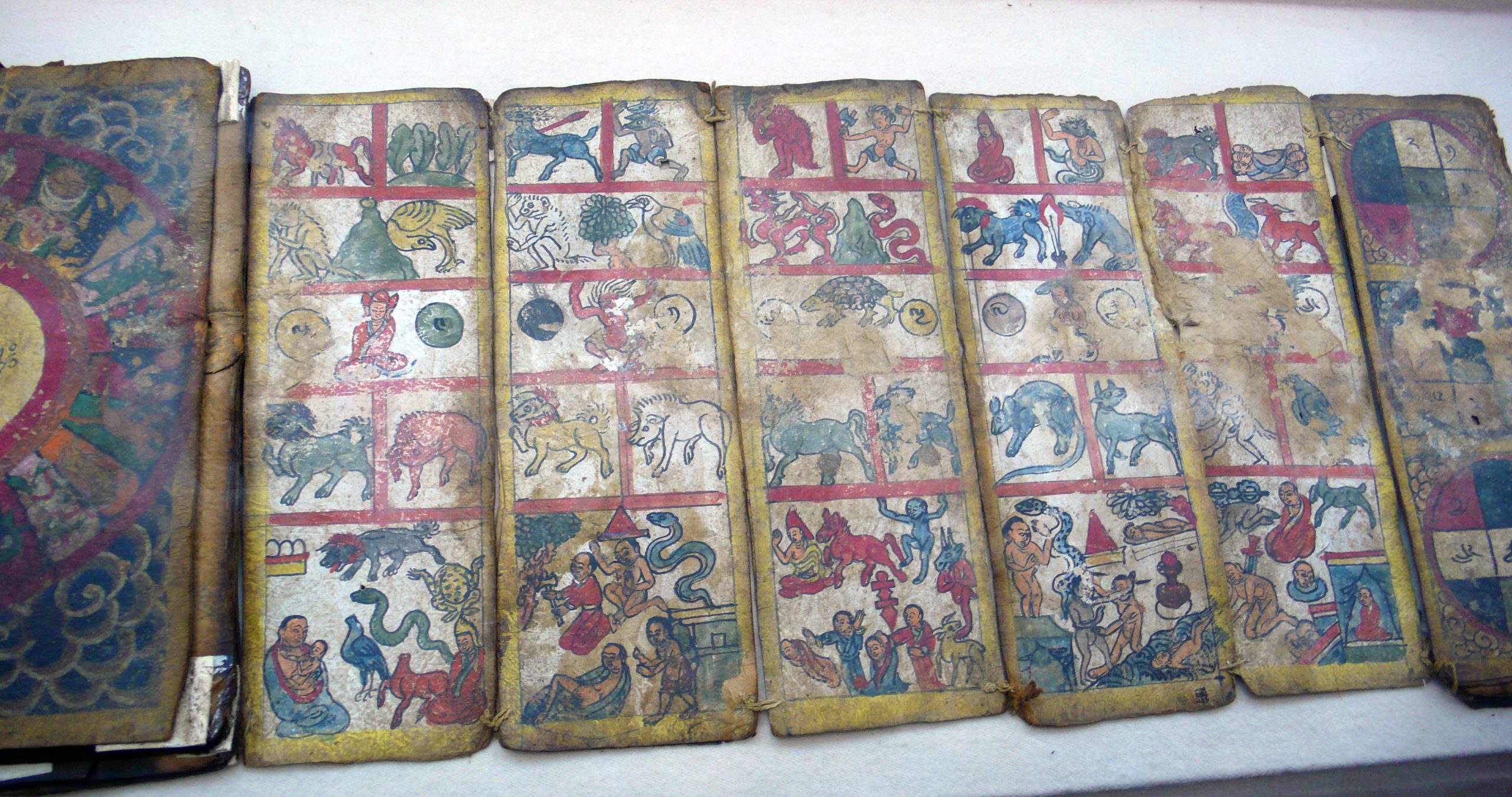
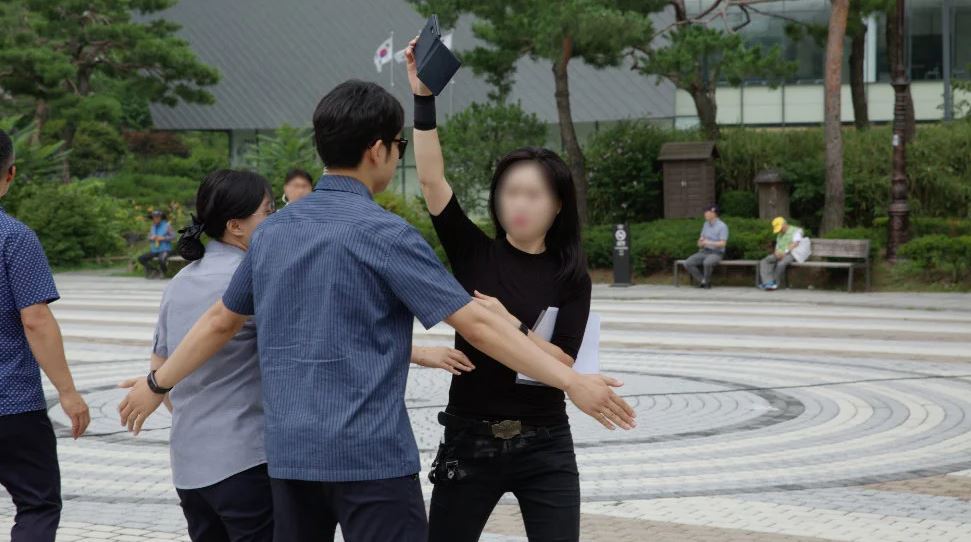
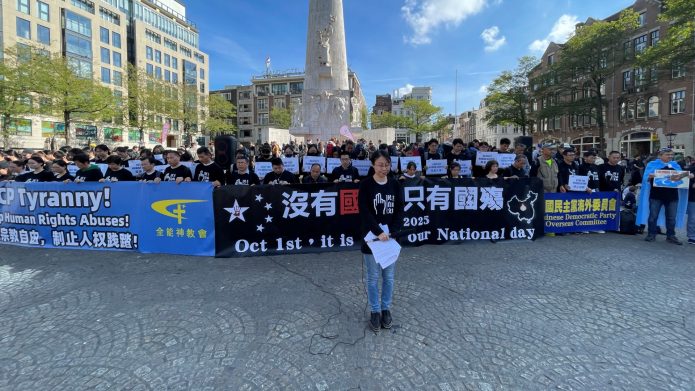
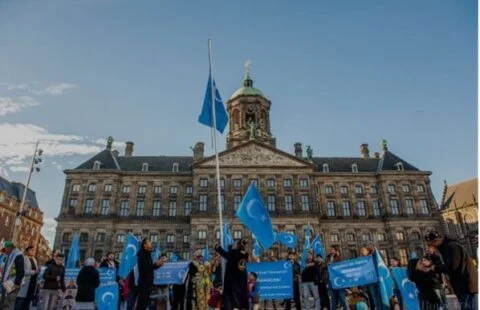
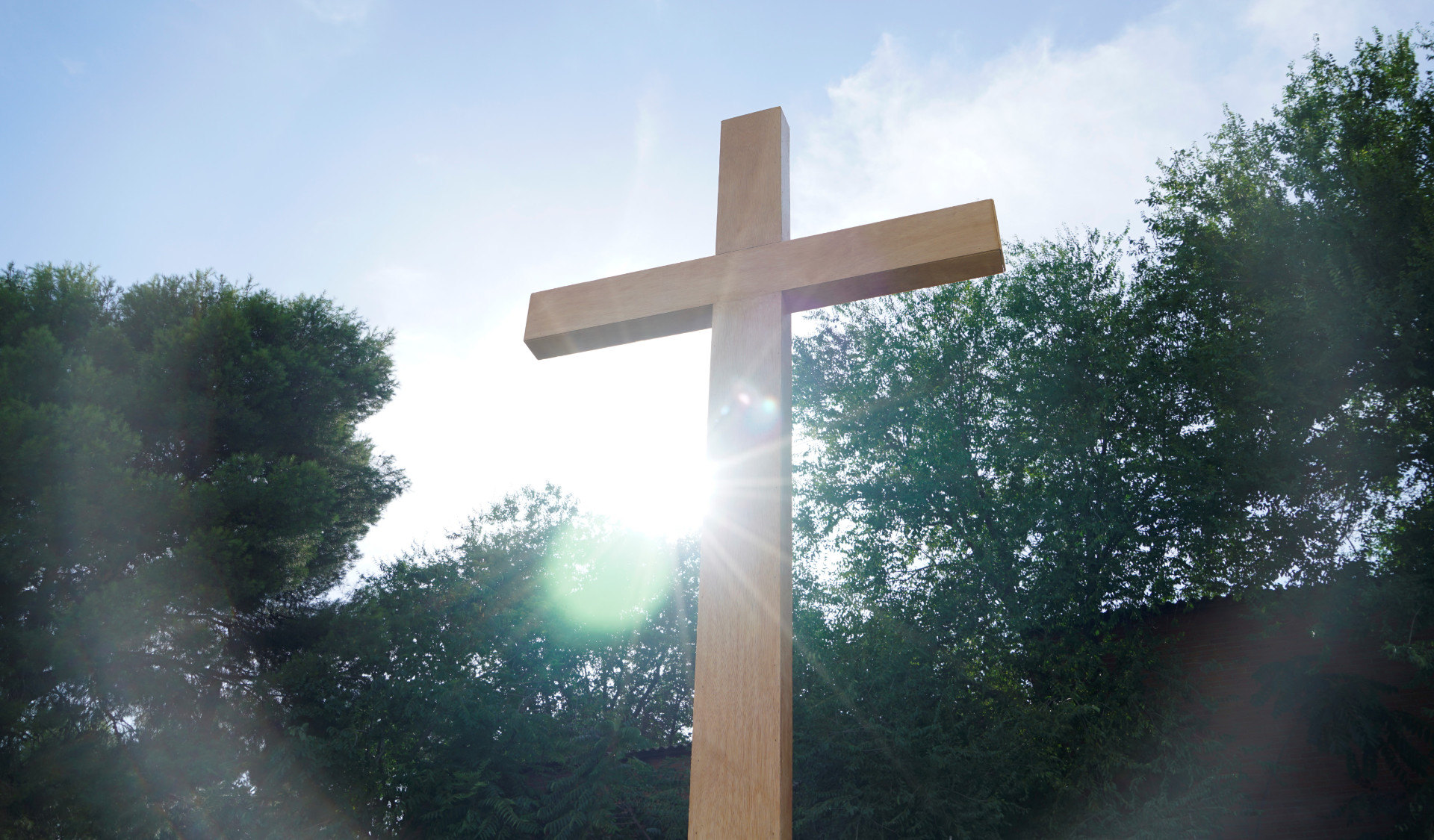

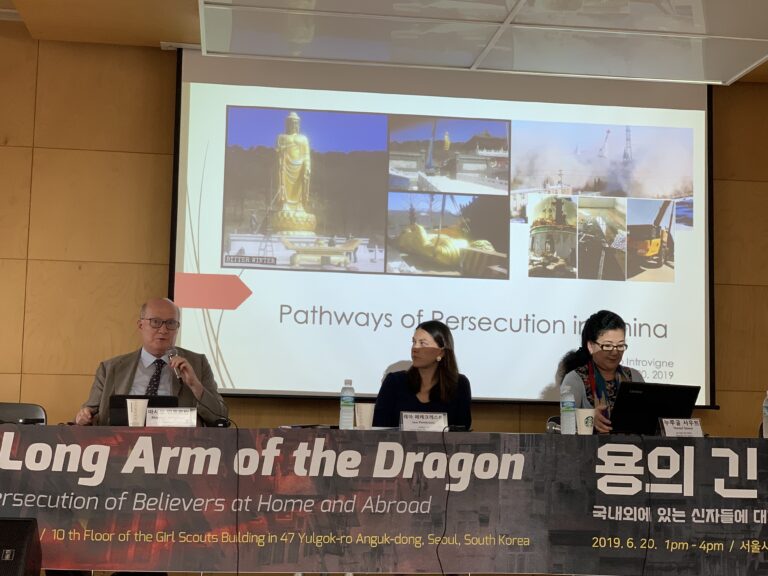
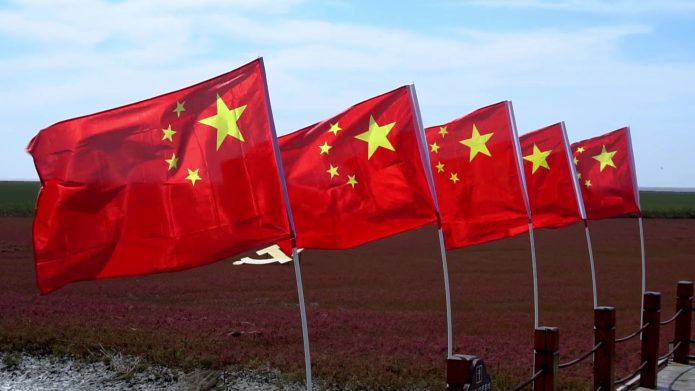
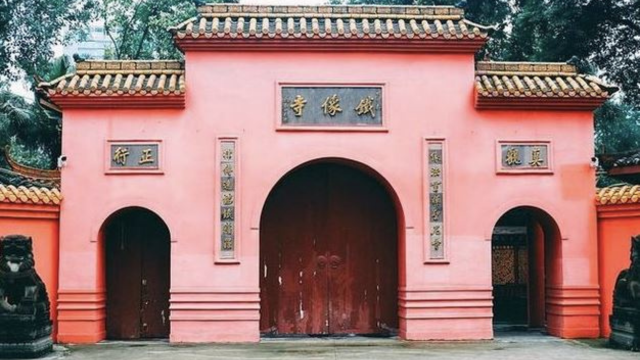
.jpg)